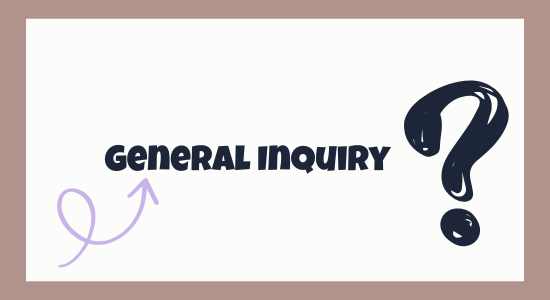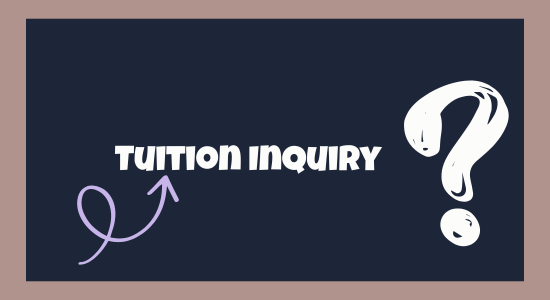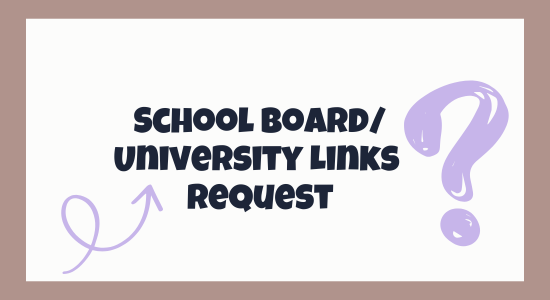
The Future of Energy: Can We Live Without Fossil Fuels?
Confused About Our Energy Future?
You're sitting in class, and your teacher brings up the topic of renewable energy. Suddenly, terms like "net zero," "green hydrogen," "energy mix," and "carbon capture" are flying around. You nod, take notes, and try to keep up—but deep down, you're thinking:
“Wait… can we really survive without fossil fuels? Isn’t the world still running on oil and gas?”
If that sounds familiar, you're not alone. Most students struggle with this topic—not because they don’t care about the environment, but because the future of energy is a complex, fast-evolving issue that often feels abstract or distant.
Let’s face it: understanding energy transitions requires a solid grasp of science, economics, politics, and even geography. It's not just about knowing that solar panels exist—it's about knowing how feasible it is to replace fossil fuels, when, and at what cost.
Why This Misunderstanding Matters
Here’s the truth: misunderstanding the energy transition doesn't just hurt your grades—it limits your understanding of real-world problems that will shape your future.
Think about it:
- Planning a career in science or engineering? You'll need to understand how industries are shifting toward clean energy.
- Voting in elections? You'll be asked to support or reject policies on carbon taxes or energy subsidies.
- Living in a rapidly changing climate? Your choices as a consumer, driver, and even renter or homeowner will increasingly depend on energy availability and sustainability.
Believing we can "just switch off fossil fuels tomorrow" is misleading. So is believing "we can’t live without them." These extremes can lead to poor decisions in both personal and professional life.
Let’s break down the realistic future of energy—without buzzwords, but with actual examples, data, and logical steps.
Breaking Down the Future of Energy
Let’s approach this the way a good engineer or scientist would—by asking the right questions and finding practical answers.
Step 1: Understand Why We Use Fossil Fuels in the First Place
Before we talk about getting rid of fossil fuels, let’s understand why we use them.
Fossil fuels (coal, oil, and natural gas) are:
- Energy-dense: A small amount packs a big punch.
- Easily stored and transported.
- Reliable: They don’t depend on weather conditions.
- Deeply embedded in infrastructure: Power plants, vehicles, and factories are built around them.
So it’s not just about replacing an energy source. It’s about replacing a whole system—globally.
Step 2: Identify What Needs to Change
To live without fossil fuels, we need to address four major sectors:
- Electricity Generation (e.g., powering homes, schools, businesses)
- Transportation (cars, trucks, planes, ships)
- Industry (cement, steel, chemicals, etc.)
- Heating and Cooling (buildings and industrial processes)
Each of these sectors has different challenges and timelines.
Step 3: Evaluate the Alternatives – What Can Replace Fossil Fuels?
Let’s look at some leading renewable and low-carbon energy sources:
- Solar Power
- How it works: Converts sunlight into electricity.
- Best for: Homes, remote areas, daytime demand.
- Limitations: Doesn’t generate power at night; requires battery storage.
- Example: India’s Kamuthi Solar Power Project supplies clean power to 750,000 people.
- Wind Energy
- How it works: Uses turbines to convert wind into electricity.
- Best for: Coastal and open plain regions.
- Limitations: Wind is intermittent; large land use.
- Example: Denmark gets over 40% of its electricity from wind.
- Hydroelectric Power
- How it works: Dams use flowing water to spin turbines.
- Best for: Countries with rivers and elevation.
- Limitations: Ecosystem disruption; limited new locations.
- Example: Norway gets 90%+ of its electricity from hydro.
- Nuclear Energy
- How it works: Splits atoms to release energy (fission).
- Best for: Stable, high-output energy without emissions.
- Limitations: Safety concerns; expensive; radioactive waste.
- Example: France gets over 70% of its electricity from nuclear.
- Green Hydrogen
- How it works: Uses renewable electricity to split water into hydrogen (used as fuel).
- Best for: Industry, heavy transport, long storage.
- Limitations: Expensive and not widely available—yet.
- Example: Germany is investing billions in hydrogen infrastructure.
Step 4: Consider Real-World Case Studies
Let’s zoom into a few countries and what they’re doing:
- Costa Rica
- Runs on 99% renewable electricity—mainly hydro, wind, and geothermal.
- Small population and abundant natural resources help make this possible.
- However, transportation still relies on oil.
- Lesson: Electricity can be clean, but transport is harder to decarbonize.
- Iceland
- Uses geothermal and hydro for almost 100% of electricity and heating.
- Few cars and minimal heavy industry.
- Ideal geological conditions—not replicable everywhere.
- Lesson: Geography plays a huge role in clean energy potential.
- China
- World’s largest emitter, but also the largest investor in renewables.
- Has over 300 GW of solar and 400 GW of wind installed (as of 2024).
- Still building coal plants—but at a slower rate.
- Lesson: Transition is not a straight line—it’s a mix of steps forward and setbacks.
- United Kingdom
- Reduced coal use from 40% in 2012 to less than 2% by 2024.
- Offshore wind is booming.
- Facing grid stability issues due to renewable variability.
- Lesson: Renewables are working—but they need backup systems.
Step 5: Acknowledge the Transition Challenges
Let’s be clear: we can’t flip a switch and go green overnight.
Key challenges include:
- Storage: What happens when the sun doesn’t shine or the wind doesn’t blow?
- Grid infrastructure: Existing power grids were built for fossil fuels—not for scattered solar and wind farms.
- Affordability: Clean energy tech is cheaper now but still needs investment, especially in developing nations.
- Political will: Fossil fuel lobbies, misinformation, and short-term politics slow down policy shifts.
But the good news? We already have many of the tools we need.
Step 6: Learn How You Can Make Sense of It All (Even as a Student)
Here’s a practical way to keep your head clear in the energy debate:
- Follow the Energy Flow: Every source (sun, wind, oil) must be converted into usable forms (electricity, fuel, heat). Understand the conversion.
- Ask About Scale: Can the technology support millions of people? What does it cost?
- Consider the Life Cycle: How clean is something from production to disposal? (e.g., solar panels take energy to build.)
- Stay Updated: This field changes fast. Keep up with real news, not just memes or political ads.
Step 7: So—Can We Live Without Fossil Fuels?
Yes—but not instantly. And not uniformly across the globe.
Here’s what the science says:
- Electricity: Can be 100% renewable in many countries within 20–30 years.
- Transportation: Light vehicles can go electric; trucks, ships, and planes will take longer.
- Industry: Needs new fuels (like hydrogen) and carbon capture.
- Heating: Electrification + better insulation = big savings.
Realistically, fossil fuel use can fall by 60–80% in the next 30 years, especially if we act now.
What Should Students Take Away?
Let’s wrap this up in one clear sentence:
We can live without fossil fuels—but only with smart planning, innovation, and a willingness to change how we use energy.
You don’t have to be an engineer or activist to play a role. Understanding how this transition works helps you:
- Ask better questions
- Make informed choices
- Shape a future that isn’t built on polluting the past
So next time someone says, “We can’t survive without oil,” ask them: Can we survive with it?
Because that’s the real question for your generation.
0 Comments
-
Comments will be injected here via JS












Post a Comment